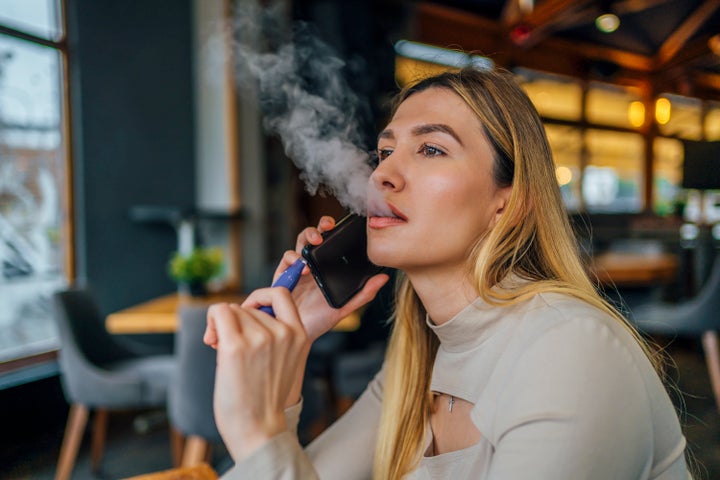
Vapes have become so popular that they’re almost a cultural phenomenon.
Ubiquitous Lost Marys and Elfbars can be spotted everywhere from the gutter outside your house to music videos to the Cannes Film Festival – Leonardo DiCaprio was just papped puffing away on his vape.
Vaping can sometimes be used to help you cut down on smoking, it’s cheaper than buying a pack of cigarettes and it’s said to be less harmful to those around you than traditional second-hand smoke.
But a new study on 18 used vapes found near Baxter College, a secondary school in Kidderminster, by Inter Scientific laboratory, Liverpool, found that the seemingly innocent, pastel-coloured vapes loved by young people could be posing a dangerous health risk.
Estimates show that vape use amongst teens could be as high as 15%, rising to 18% among 15-year-olds.
The researchers found that the used vapes, most being illegal, contained high levels of lead, nickel and chromium – far higher than is safe for humans to come into contact with.
Researchers thought the toxic metals were coming from the heating mechanism that creates the ‘smoke’, but they found that they were actually in the e-liquid itself.
Exposure to lead can be particularly dangerous, especially to children and teens who are more commonly using vapes. According to the WHO, lead exposure can attack the brain and central nervous system, causing coma, convulsions and even death.
Speaking to the BBC, co-founder David Lawson, said: “In 15 years of testing, I have never seen lead in a device.”
He explains that none of the vapes they tested – some usual, high-street brands – shouldn’t be on the market, as they break the rules on all permitted levels of metal.
“They are the worst results I’ve ever seen,” he says.
These were the findings from the ‘highlighter’ vapes tested (ones that are brightly coloured to appeal to teens):
- Lead - 12 micrograms per gram, 2.4 times the stipulated safe exposure level
- Nickel - 9.6 times safe levels
- Chromium - 6.6 times safe levels
The researchers also found other dangerous compounds called carbonyls, which, when broken down when heat is created inside the vape, turn into formaldehyde. Some of the vapes tested had even higher levels than cigarettes, which puts to bed the theory that vaping might be ‘healthier’ for you.
For more information on vaping, head to the NHS website for advice and tips.